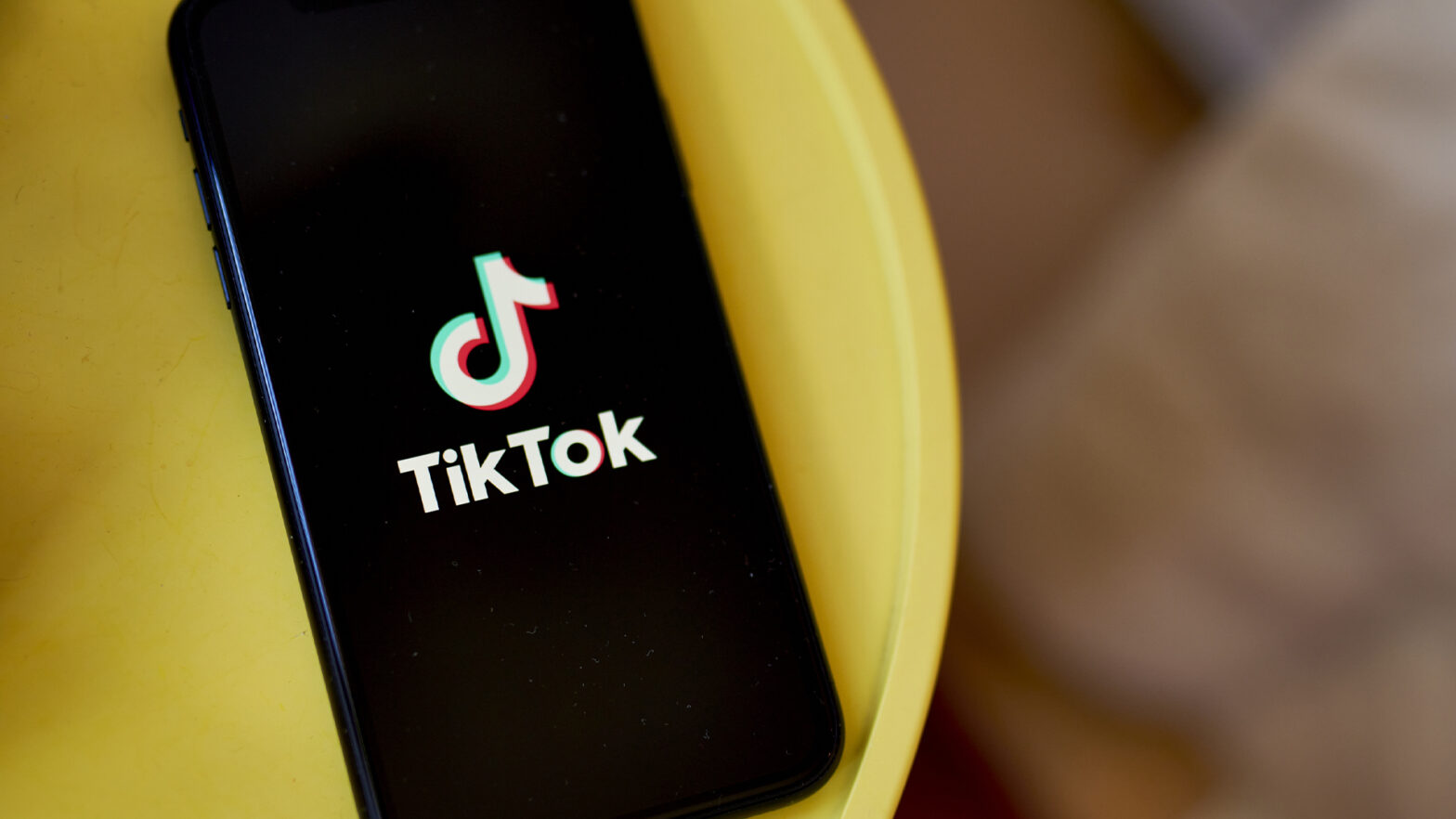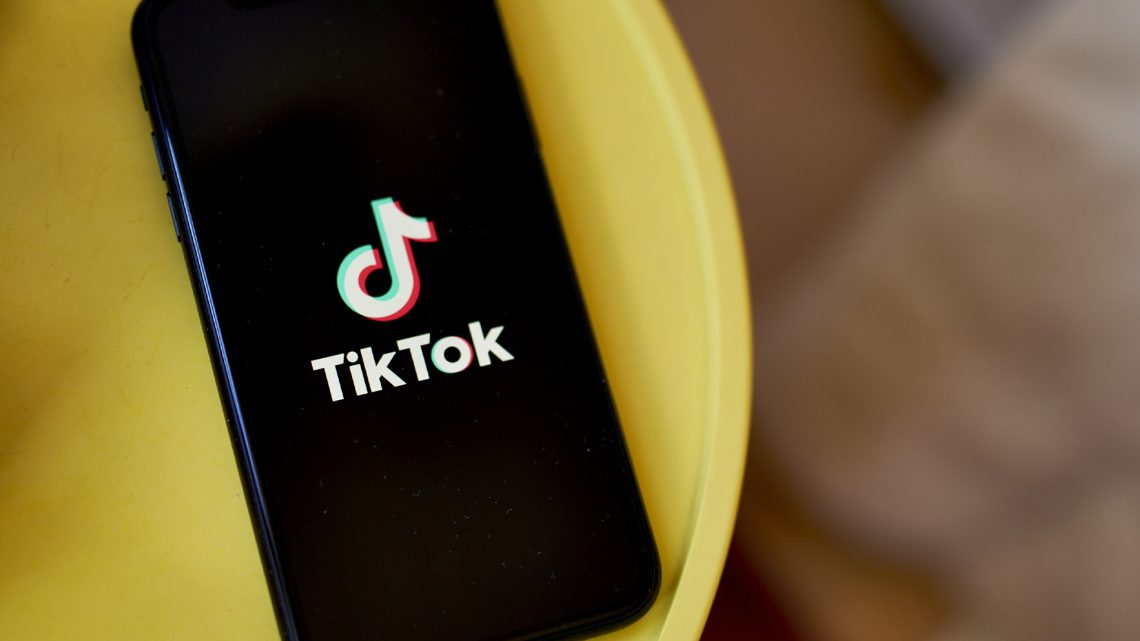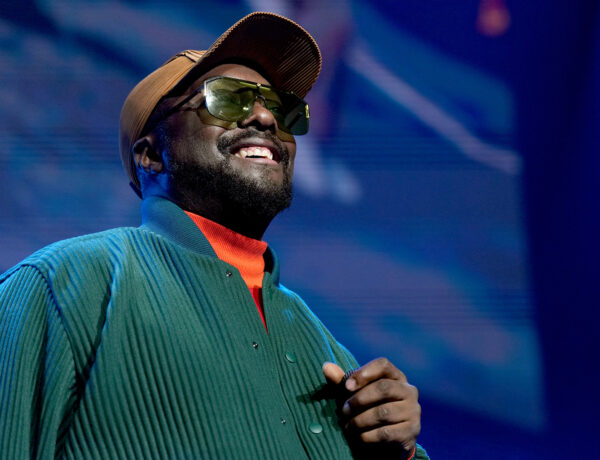
TikTok is a social media app that truly requires no introduction. Unless you’ve been in a coma for the last 5+ years, you’ve either used the app yourself, or had extensive exposure to it from friends, family members or reposts on other websites. Now that the United States government is mounting a full-scale attack on the Chinese app, more members of the public are looking into TikTok’s background and earnings than ever before. TikTok has an estimated worth of anywhere from $20 billion to $100 billion in 2024, according to the Wall Street Journal, making it the biggest social media app on the market by a wide margin.
Given that TikTok is worth such a staggering amount, it only seems fair that we examine and investigate the source of this income. The app has seen over 3 billion downloads since hitting the international market in 2018, and maintains an estimated 1 billion daily active users, meaning TikTok has access to one of the largest audiences in the history of web development. Let’s take a look at the history behind TikTok, as well as the many sources the site uses to extrapolate income from brands, major corporations, and its users.
TikTok’s Development
TikTok was originally planned as an international version of the hit Chinese app Douyin. While Douyin and TikTok share many similarities, such as their user interface and app layout, the Chinese version does have a few distinct features not available on any other iteration. For starters, Douyin serves as something of an all-purpose app, allowing users to book flights and hotels, leave reviews for local businesses, and even search for videos using an advanced facial recognition feature. To kickstart their international expansion of the Douyin platform, ByteDance purchased the existing social media app Musical.ly for $1 billion in 2017.
At its peak, Musical.ly had amassed a user base of over 200 million, despite the limiting nature of the video sharing platform. The app existed primarily as a means to create and distribute lip syncing videos, which had become quite popular with young teenagers in the mid 2010s. The app was founded by a company operating out of Shanghai, though the team quickly pivoted to focus their efforts on the American market after receiving low rates of interest in their home country. After establishing offices in Santa Monica, California, Musical.ly had become something of a hit with American teens, prompting ByteDance to take notice.
TikTok’s Rise To Prominence
In 2018, TikTok officially absorbed Musical.ly, merging all existing accounts and user data into a single application. This allowed TikTok to hit the market running with millions of daily active users, superseding the difficult launch period suffered by many social media ventures. Furthermore, a wide array of celebrities and public figures began using the app, for both personal and commercial purposes. TikTok’s UI allows users to embed direct sales links in their videos, meaning brands and advertisers were quick to develop unique ads for the app, bringing in a flurry of cash from the onset of its development. By side-stepping these potential issues from the very beginning, ByteDance managed to smoothly transition TikTok from an obscure newcomer to the field of social media to an overnight sensation.
In 2019, ByteDance inked a multi-year partnership with the NFL, bringing in millions of dollars of ad revenue and marketing opportunities. Today, the official NFL TikTok account posts frequent updates to their 14.2 million followers, to the tune of nearly 1 billion overall ‘likes.’ By 2020, TikTok had become the biggest social media app on the iPhone App Store and Google Play store alike, resulting in over 800 million daily active users in less than four years of existence. Just a year later, the app had earned a lifetime revenue of nearly $1 billion per year in advertising alone, according to a report in The Economist fittingly titled “The All-Conquering Quaver.”
How Ad Revenue Works
As TikTok’s massive user base continued to grow over the years, so too did the app’s ad revenue. The powerful short-form algorithm of TikTok leaves many users hooked on the platform for hours per day, encountering ads, and engaging with promoted products and services. Additionally, users who tout a massive following are able to make money from brand deals and sponsorships by partnering with business entities, maximizing the platform’s primary income source.
Advertising on the app comes in many forms, from overt commercials tucked between user-made videos, branded partnerships with creators, and viral marketing campaigns which allow corporations to sponsor hashtag takeovers, developing fun challenges and trends for the public to take part in. On the platform, many brands have handed their social media management to savvy young people, allowing certain businesses, such as Wendy’s and Slim Jim, to post funny and relatable content which appeals to teens, and even interact with their fans directly in the comments section.
Additional Revenue Sources
As advertising revenue continued to bring in billions, ByteDance execs began thinking outside of the box and integrating new money-making tech into the TikTok platform. In 2022, the app expanded into e-commerce, launching multiple fulfillment centers in the UK and the United States, competing with the likes of Amazon and Alibaba. Furthermore, TikTok began integrating in-app purchases for users to buy directly, resulting in over $10 billion in consumer spending, per a December 2023 report in TechCrunch.
These in-app purchases are mostly used to send gifts to video creators, especially those who make long-form livestream content. Gifts come in the form of many different sprites and emotes, which clutter the screen of popular livestreams, bringing in tons of revenue for the platform and the content creator alike. You may recall seeing the “NPC trend” throughout 2023, which saw many users taking to TikTok’s live feature to perform robotic reactions to a flurry of in-app gifts. TikTok retains 50 percent of all gift revenue, earning billions in direct sales from the pockets of its user base.
Does TikTok Sell User Data?
Given TikTok’s powerful algorithm, invasive coding and country of origin, the app has been the source of a great deal of scrutiny from the American government. Some litigators feel that the app poses a significant security threat, as it can be given direct access to users’ camera, microphone, messaging history, location, contact book and much more. While many of these permissions are standard operating procedure for social media corporations, TikTok’s long list of prerequisite permissions required to run the app are unusually stringent. Furthermore, tech investigators have confirmed that the app connects directly to servers located in China, with a high likelihood that user data is being harvested for sale.
Per TikTok‘s official privacy policy, the app “does not sell your personal information or share your personal information with third parties for purposes of cross-context behavioral advertising where restricted by applicable law.” Still, the apps ability to access your search history has resulted in a widespread gag online about how the algorithm knows what users want by “reading their thoughts.”
How Much Is TikTok Worth In 2024?
As stated, the company is currently worth an estimated $20-$100 billion, with more money pouring in by the day. The United States government is currently pushing ByteDance to divest their ownership of the app, and sell to a United States company, or face being banned on all U.S. devices. President Biden signed the law into effect in April 2024, giving ByteDance one year to comply or face censorship. For now, ByteDance CEO Shou Zi Chew has made his stance clear, arguing that a TikTok ban is unconstitutional under U.S. law. Execs from the social media company currently have no plans to divest their ownership over TikTok, and are actively disputing the ruling in court.
For now, the multi-billion dollar company is nationally banned in India, with partial bans effective in Canada, Hong Kong, and other locales around the world. While there’s no way of knowing for sure TikTok’s future will play out in the United States, it’s clear that ByteDance are willing to do everything in their power to retain ownership of the massive cash cow.




